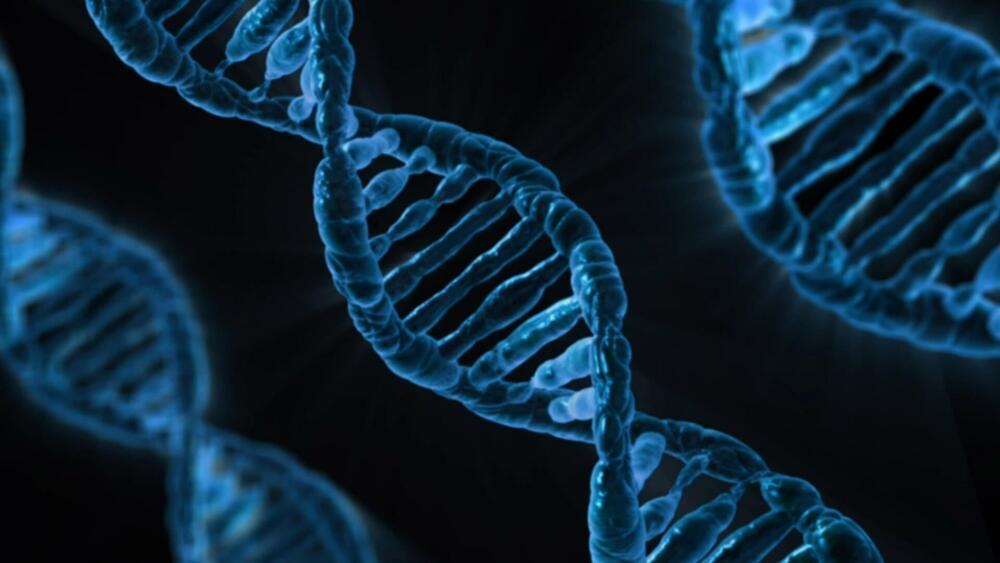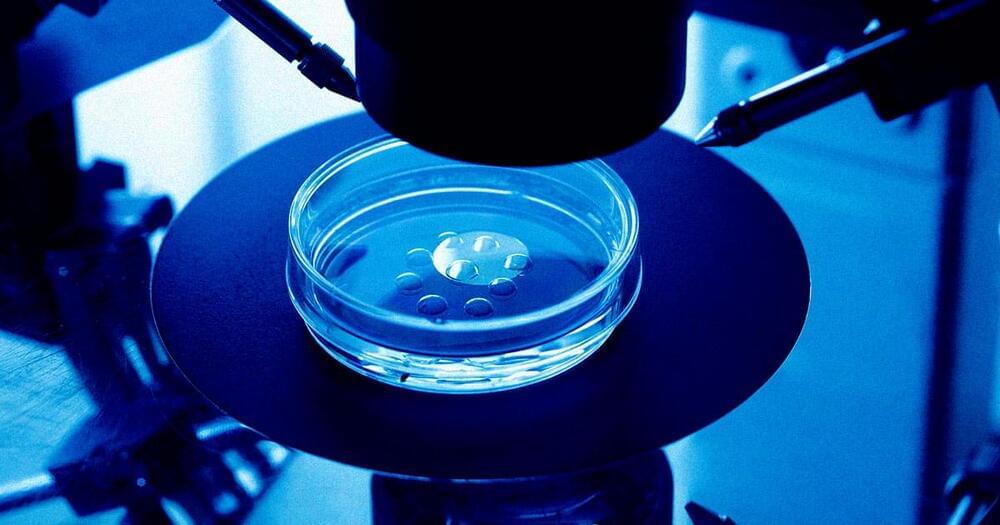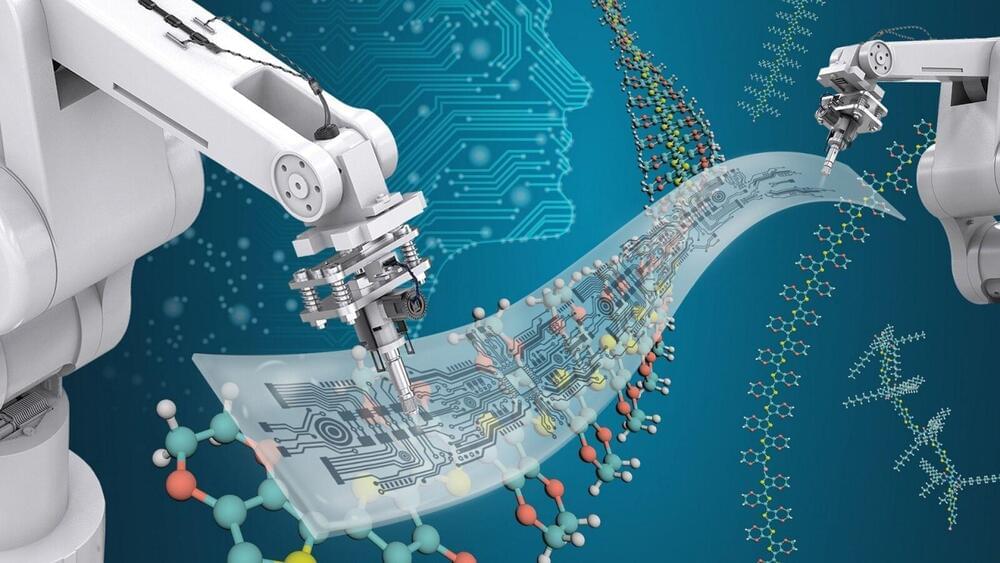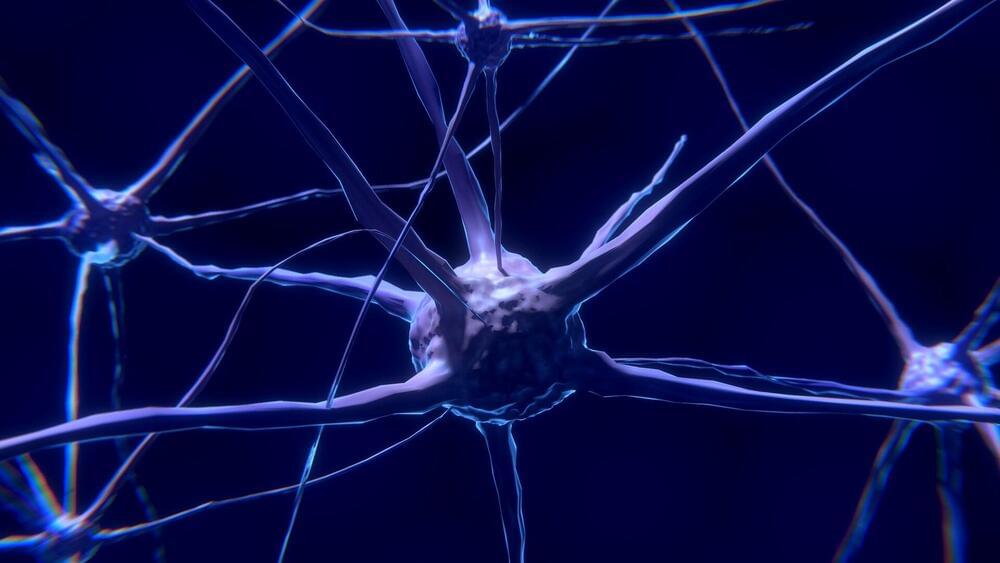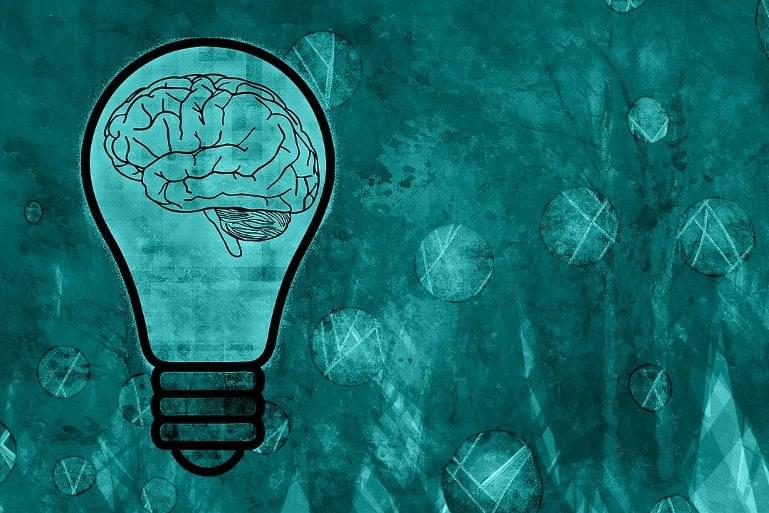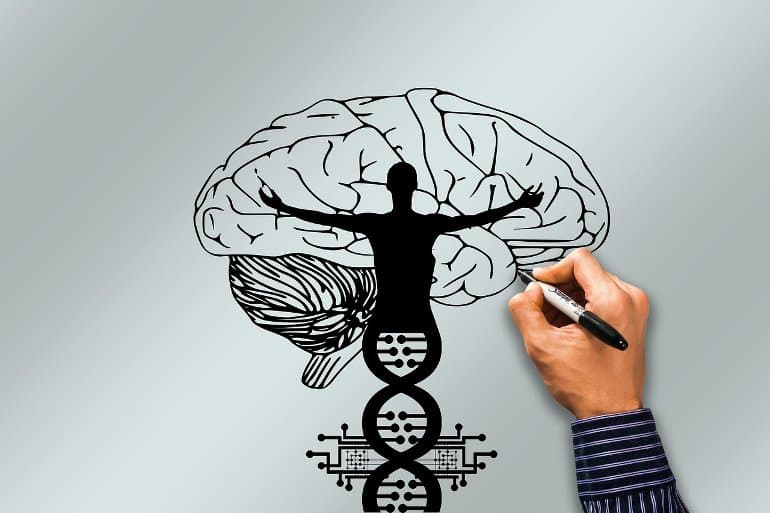Suvorexant (Belsomra), a dual orexin receptor antagonist approved for insomnia, reduced levels of tau phosphorylation and amyloid beta, a small clinical trialopens in a new tab or window showed.
The ratio of phosphorylated tau-threonine-181 (p-tau-181) to unphosphorylated tau-threonine-181 decreased 10% to 15% in cognitively normal adults treated with suvorexant 20 mg compared with placebo, reported Brendan Lucey, MD, MSCI, of Washington University School of Medicine in St. Louis, and co-authors.
Amyloid-beta levels fell 10% to 20% compared with placebo starting 5 hours after suvorexant administration, the researchers wrote in Annals of Neurologyopens in a new tab or window.
— Both amyloid and tau levels fell in early trial.
